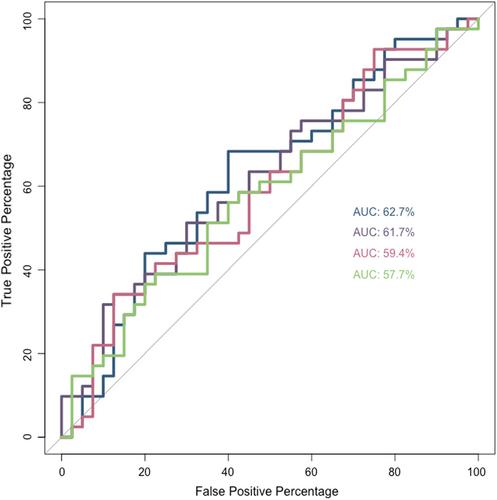Quantification of senescence-associated secretory phenotype proteins in the vaginal secretions of pre- and postmenopausal women with and without prolapse
Abstract
Objectives
Cellular senescence has been proposed as a pathophysiologic driver in the development of pelvic organ prolapse (POP), especially during aging. In this study, we aimed to determine if markers of cell senescence can be quantified from vaginal secretions collected from pre- and postmenopausal women with and without POP.
Methods
Vaginal swabs were collected from 81 women in four groups: premenopausal with (pre-P) and without prolapse (pre-NP), and postmenopausal with (post-P) and without prolapse (post-NP). Multiplex immunoassays (MagPix) were then used to detect and quantify the presence of 10 SASP proteins in vaginal secretions.
Results
The total protein concentration of vaginal secretions differed significantly among the four groups (P = 0.003) with highest mean concentrations in pre-P [16, interquartile range (IQR) = 4.6, 38.3 μg/μL] and lowest mean concentrations in post-P (4.4, IQR = 2.6, 7 μg/μL). The normalized concentrations of several SASP markers differed significantly among groups, with the highest concentrations being seen in the post-P group, and the lowest concentrations being in the pre-NP group. Using these key markers, we then constructed receiver-operator curves to determine the relative sensitivity and specificity of these markers in predicting prolapse.
Conclusions
In this study, we found that SASP proteins can be detected and quantified in vaginal secretions. Several of these markers were differentially expressed among the four groups studied, with the highest normalized concentrations of SASP markers found among postmenopausal women with prolapse. Overall, the data support the theory that senescence is associated with prolapse during aging but that other factors may be important in younger women who develop POP before menopause.


 求助内容:
求助内容: 应助结果提醒方式:
应助结果提醒方式:


